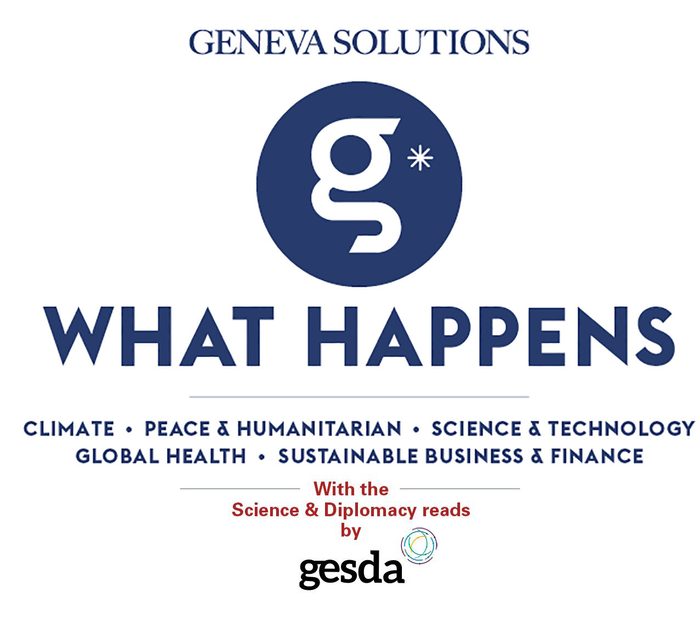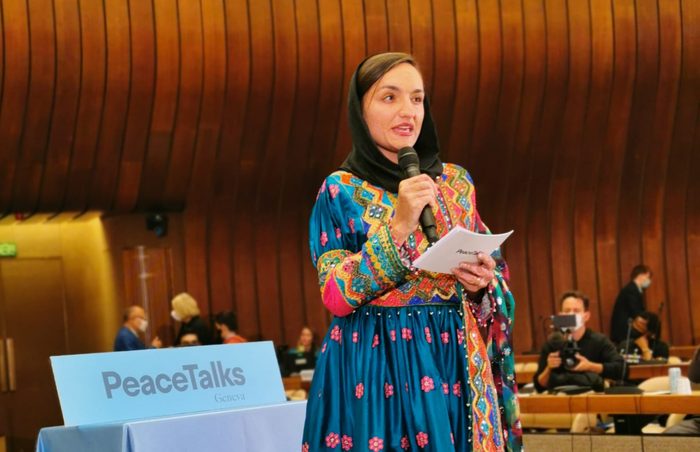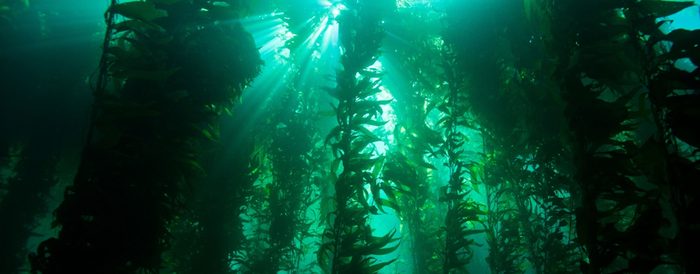|
In Australia, where does the CO2 produced by wildfire go?
Largely in the ocean, as it is absorbed by phytoplankton! That is the double news – bad and good – published last week in two studies by Nature. Bad because the first study showed that “the extreme bushfires that blazed across southeastern Australia in late 2019 and early 2020 released 715 million tonnes of carbon dioxide into the air — more than double the emissions previously estimated from satellite data”. But also good because, as the other paper suggests, “the emissions generated by the bushfire crisis were nearly offset by gigantic phytoplankton blooms in the Southern Ocean, recorded over the summer of 2019–20”.
So, can we expect the ocean to – at least partly – save us from climate change induced by CO2 concentrations increasing dramatically? That is the hope of many, from scientists to industry moguls, like Elon Musk, to politicians. But wait: another article also published last week reduces those hopes. It explains that “companies hoping to grow carbon-sucking kelp may be rushing ahead of the science”. As the technology review says, “sinking seaweed could sequester a lot of carbon, but researchers are still grappling with basic questions about reliability, scalability and risks”. “We just have zero experience with perturbing the bottom of the ocean with that amount of carbon,” notes Steven Davis, an associate professor at the University of California, Irvine. “We would all benefit by putting time and resources into building out the evidence base together, before we jump the gun and start selling carbon credits [around carbon-absorbing organism growing in the oceans],” says David Koweek, science director at Ocean Visions, a research organisation that partners with institutions like MIT, Stanford, and the Monterey Bay Aquarium Research Institute.
A great idea is on the whiteboard. It deserves the time and common resources of scientists, but not only – also from investors, philanthropists, engineers, and why not policy-makers, decision-makers, and citizens, to make it more than a prospect shining just like the oceans can, under a generous sun.
- Olivier Dessibourg, GESDA
|











